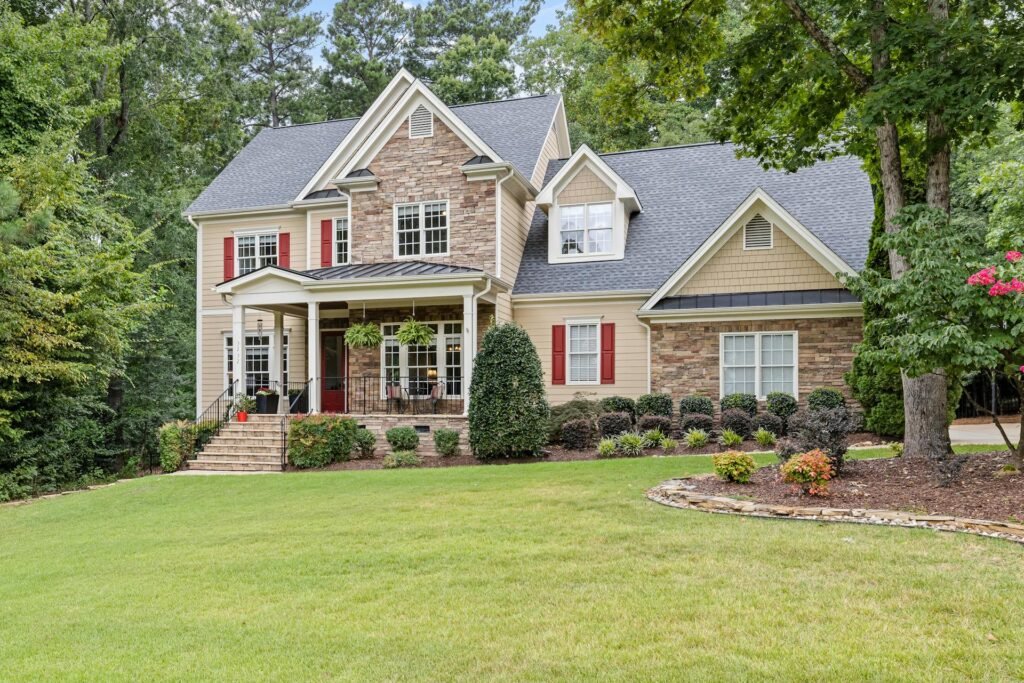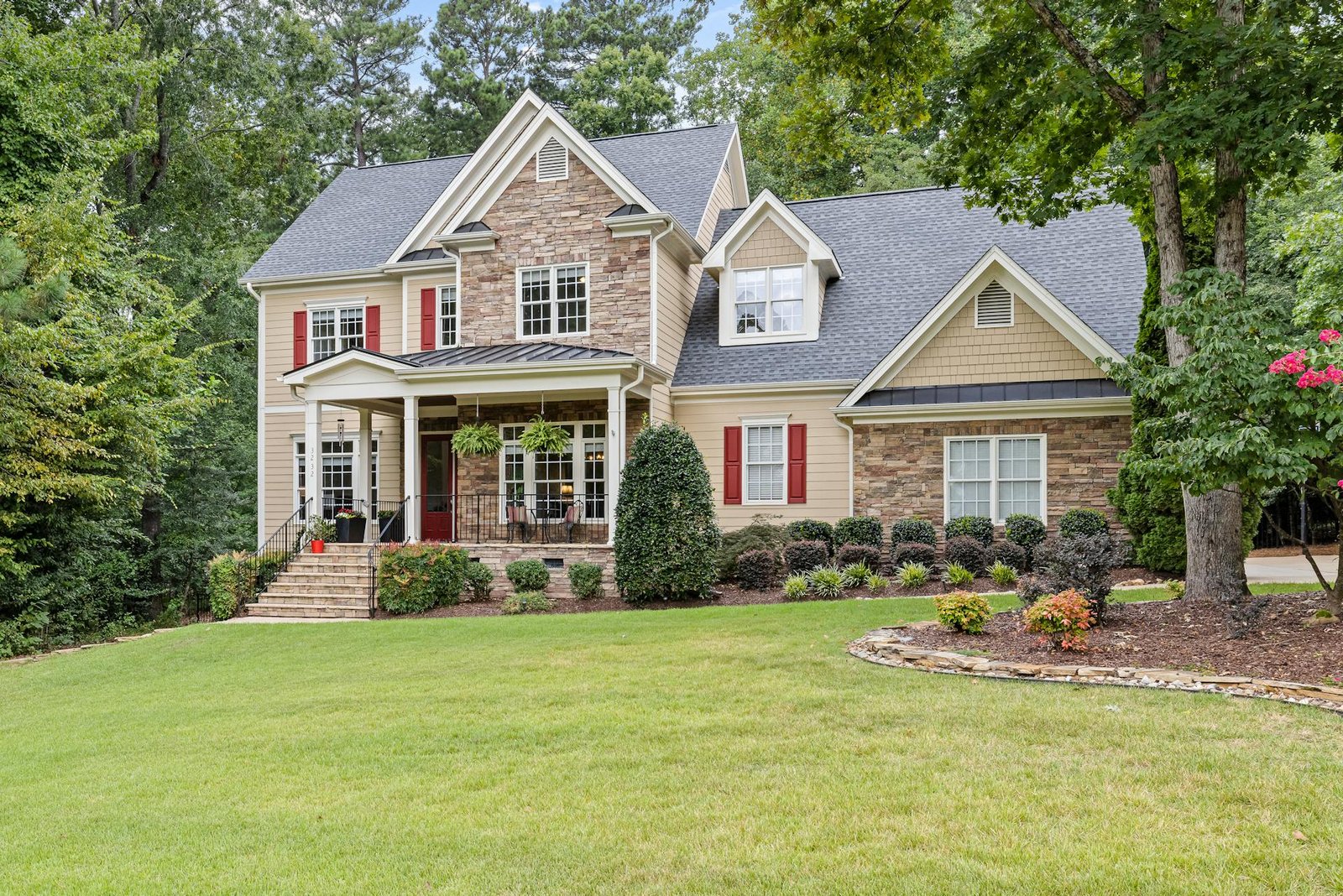You don’t need big budgets to upgrade your place. Small fixes can make rooms feel fresh. Larger installs add comfort and value. In South Bend, IN, many people aim to refresh bathrooms, kitchens, and other areas to match both style and efficiency. Whether it’s swapping fixtures, renewing finishes, or installing entirely new elements, each step improves daily life. You’ll see what works locally, what adds value, and how to plan for both quick wins and long-term gains.
Here are some top ways to improve your home, starting from minor fixes up to major installations:
Refresh Walls and Ceilings
Start with fresh paint. Choose light tones to open up small rooms. Patch holes or smooth out dents in drywall. Add trim or moldings for definition around ceilings. Refinish or replace old trim where it’s showing wear. Try textures or finishes that clean easily in high-humidity areas. New ceilings can hide old damage and brighten a space. Even swapping light fixtures helps make ceilings look better. These changes cost less but yield visible improvement. Good lighting and color work together to lift the mood in any room.

Upgrade Bathrooms with Modern Remodeling
In South Bend, IN, many people turn to trusted contractors that offer full bathroom redesigns tailored to both safety and style. They install walk-in tubs with doors, replace standard showers with barrier-free models, convert old bathtubs, and offer premium bathtubs with durable surfaces. South Bend bathroom remodeling experts also give free project quotes, finish jobs quickly, and support warranties. They deliver bathroom remodeling with options to match budget constraints and design preferences. If you want fresh flooring, bright fixtures, or a conversion that adds convenience, these local experts can help. This is a great way to increase utility and comfort.
Modernize the Kitchen Layout
Swap worn-out countertops for new quartz or engineered stone. Remove old shelves; add pull-out drawers for easier access. Upgrade the sink area with deeper bowls and efficient faucets. Add soft-close hinges to doors and drawers to reduce noise. Lighting makes a big difference: under-cabinet strips and adjustable overhead lights reduce shadows. Reorganize the layout: move the fridge, range, or prep areas to reduce steps. Even swapping door panels or hardware refreshes the look without full replacement. Pay attention to ventilation so cooking smells move out quickly.
Improve Flooring for Comfort and Style
Choose materials that handle high traffic and spills. Vinyl plank or engineered wood resists moisture and cleans well. Consider tiles in wet zones. In colder parts of the house, add radiant heat or heated mats under the flooring for warmth. Level uneven subflooring so surfaces look straight. Select textures that hide scuffs. For upstairs rooms, reduce noise by adding underlayment or carpet. In rooms that see lots of foot traffic, pick finishes that resist scratching and staining. Refinish hardwood when needed instead of replacing. Good flooring ties together walls, lighting, and furniture.
Enhance Curb Appeal with Simple Fixes
Start with entry features: reseal or paint the front door, replace weather-strips, and update numbers or lighting at the entrance. Clean or repaint porches and stairs. Repair walkways and steps so surfaces look even. Add fresh plants or planters near the entrance for seasonal color. Mulch beds and prune shrubs to reduce overgrowth. Power-wash siding or bricks to wash away mildew or dirt. Replace or sharpen lighting fixtures near the front. Even changing garage doors or garage hardware can boost the look. These adjustments invite pride and leave strong first impressions.
Increase Energy Efficiency
Lower energy costs by sealing air leaks around doors and windows with weather-stripping or caulk. Upgrade insulation in the attic to regulate temperature. Install a programmable or smart thermostat to control heating and cooling schedules. Swap older light bulbs for LEDs to reduce electricity use. Check appliances for Energy Star ratings to conserve power. Add ceiling fans to improve airflow and cut down on air-conditioning use. Simple changes like these keep interiors comfortable and help lower monthly utility bills without requiring major construction.
Upgrade Lighting for Every Room
Well-planned lighting improves comfort and mood. Use layered options: ambient for general brightness, task lighting for reading or cooking, and accent lighting to highlight décor. Replace outdated fixtures with energy-saving LED designs. Add dimmer switches to adjust light levels based on the time of day or activity. Motion-sensor lights are helpful for hallways and entrances. Consider pendant lights over dining tables or kitchen islands to add character. Proper lighting design not only brightens rooms but also reduces energy consumption and extends bulb life.
Add Smart Home Features
Integrating technology makes daily routines easier. Install smart locks and video doorbells for better entry control. Add smart thermostats for efficient climate management. Use voice-controlled lighting systems to turn lights on or off remotely. Water leak detectors can alert you to problems early and prevent costly damage. Security cameras with mobile access give peace of mind when away. Some systems also monitor smoke and carbon monoxide, sending alerts directly to phones. These features save energy, strengthen security, and provide convenient automation.
Finish or Remodel the Basement
Convert unused lower levels into practical areas like guest rooms, a gym, or an office. Begin by sealing walls and floors to prevent moisture issues. Add insulation and drywall for comfort and sound control. Choose flooring that withstands humidity, such as vinyl plank or treated wood. Install recessed lighting or bright fixtures to offset natural light limits. Include ample outlets and wiring for electronics. Good planning makes a basement an active part of the living area, adding both comfort and functional square footage.
Upgrading a residence can start with small actions like painting or changing lighting and grow into larger projects such as new flooring or full installations. Simple fixes refresh the look and improve comfort, while well-planned major updates deliver long-term savings and functionality. Focusing on energy efficiency, smart technology, and tailored spaces helps meet daily needs and future goals. By moving step by step, first addressing quick wins, then bigger projects, you create a refreshed and efficient living environment that supports both comfort and value for years to come.









